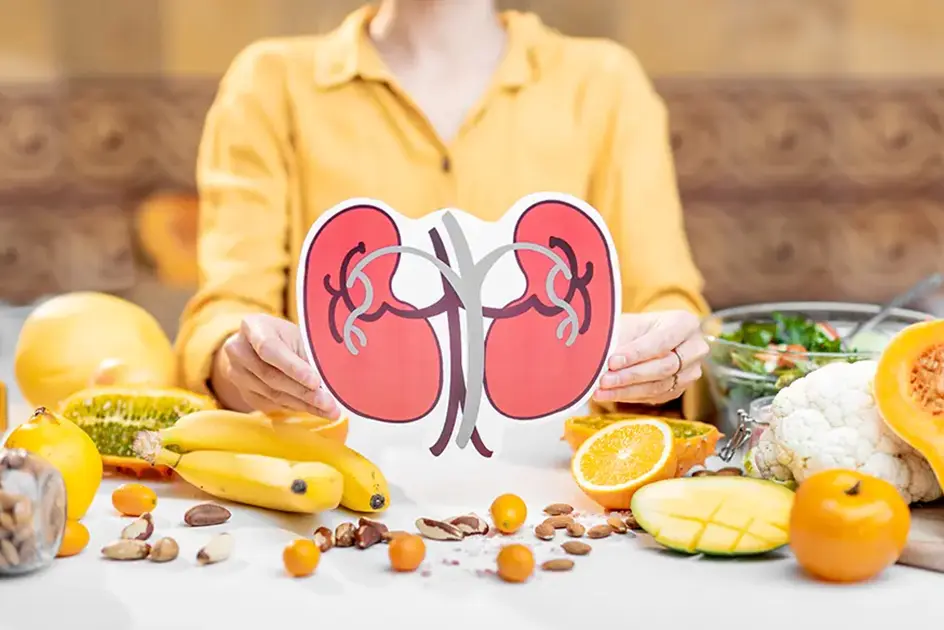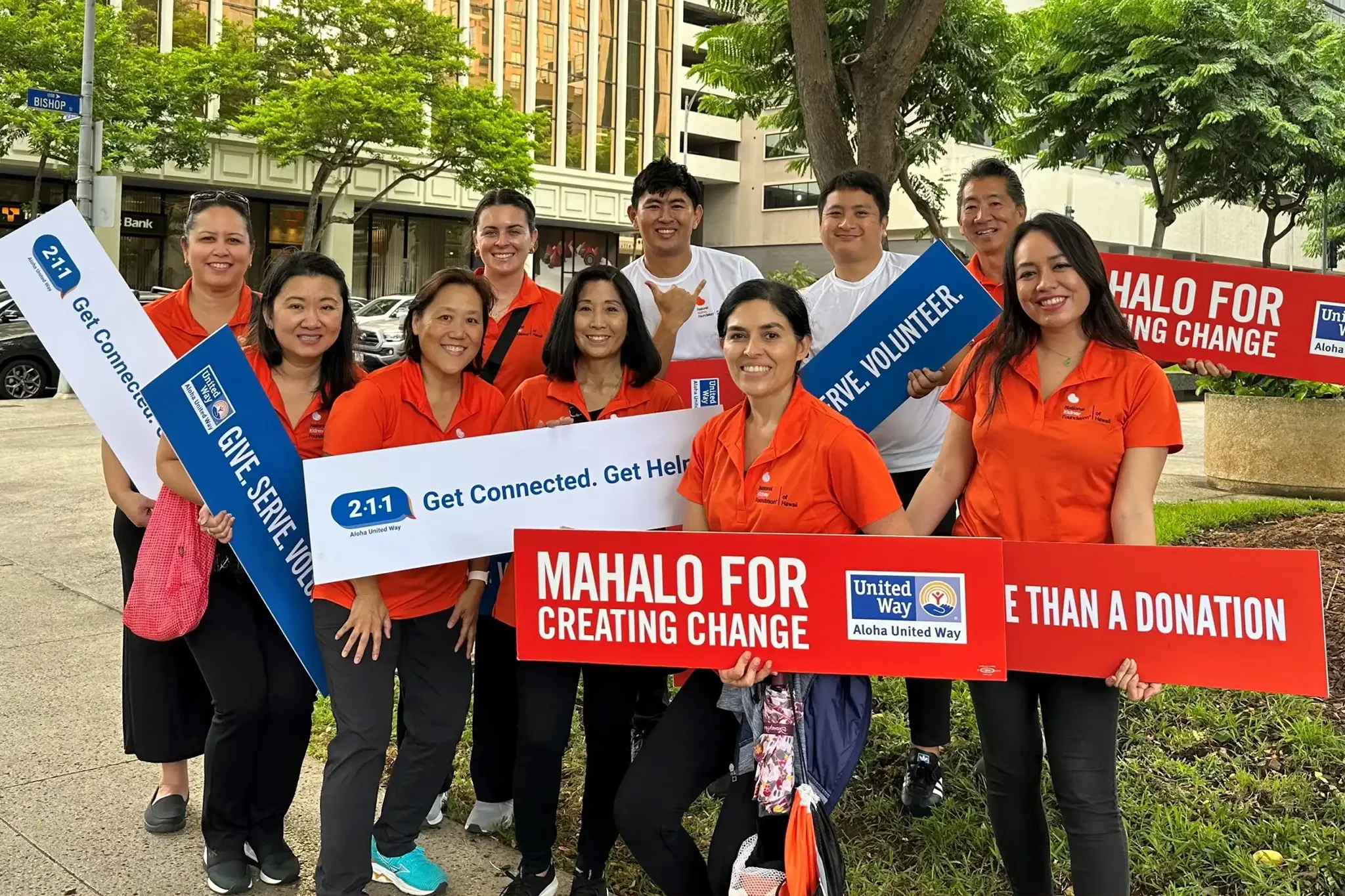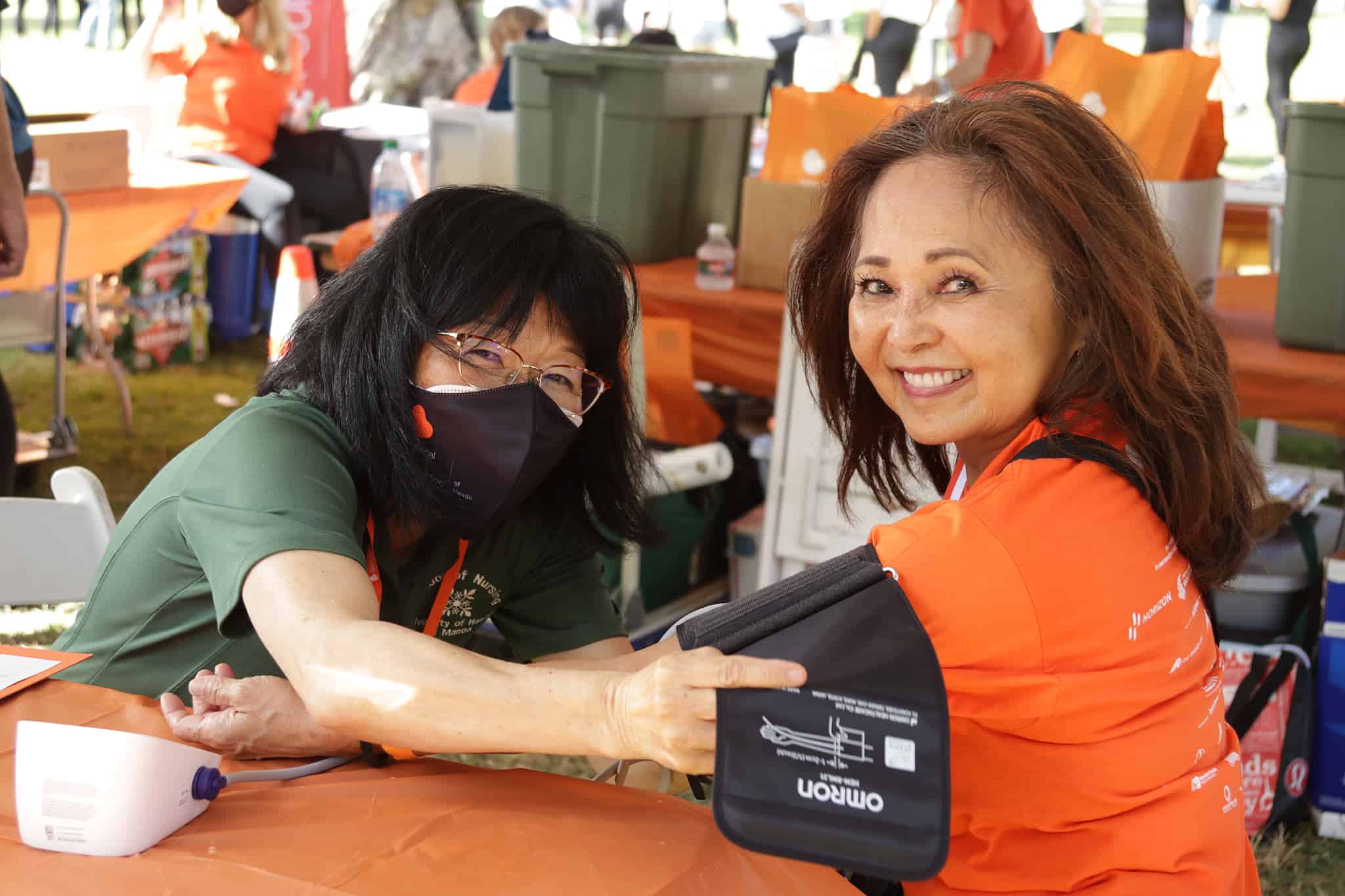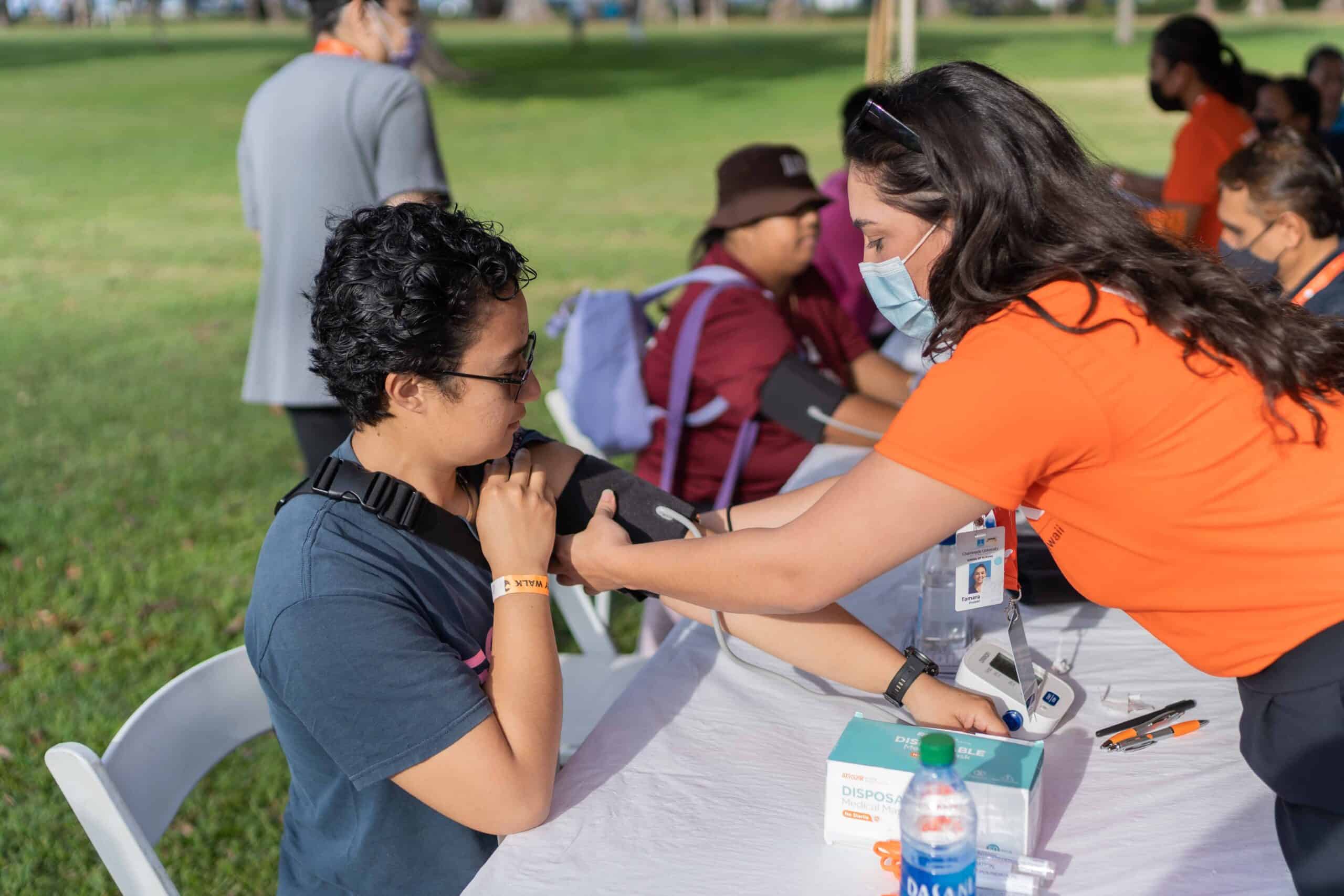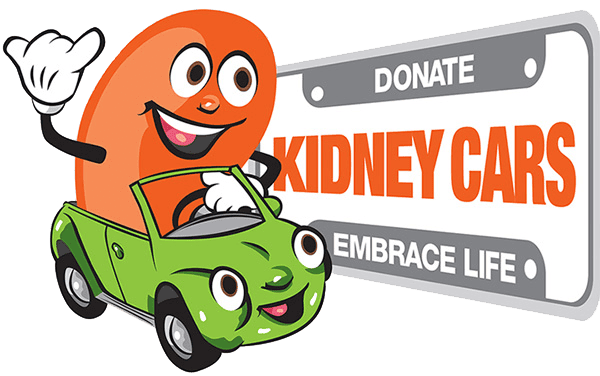Whether you’re managing chronic kidney disease or are just on a renal diet (or kidney diet) as a precaution, you might (understandably) have some concerns when it comes to dining out. How do you know which food choices you should avoid? How do you select something that’s appetizing — but still within the limits of your diet?
Although you and your doctor may have decided on a different diet plan that meets your needs, most kidney-friendly diets limit the amount of salt, potassium, and phosphorus you consume in a day. Some limit your total protein intake, fluid intake, or both.
Whether you’re headed out to a fine-dining restaurant or just meeting a few friends at a fast-food restaurant, check out these tips for sticking to your diet while eating at restaurants.
1. Ask That No Salt Be Added to Your Meal
This tip might not work at all restaurants, as some fast-food restaurants get many of their food items pre-made. But no matter what kind of restaurant you’re going to, it can’t hurt to ask. Many restaurant meals are prepared with surprising amounts of sodium, so this tip might make the difference between staying within your daily sodium allotment and going far over it!
2. Check Out the Menu Ahead of Time
Trying to pick something off of the menu when everyone else at your table is ready to order can be pretty stressful. You can save yourself the anxiety by looking at a restaurant’s menu online before you go. Many — if not most — restaurants show the nutritional information for each dish online.
Even if the website doesn’t list nutritional information, it’s still worth taking a look. That way, you can look up any unfamiliar food items and get at least a rough idea of how much sodium, potassium, phosphorus, etc. each one has.
3. Have a General Idea of What Good Choices Look Like
The longer you’ve been on a kidney-friendly diet, the easier it becomes to intuitively choose foods that fit. But when you’re relatively new to the diet, it’s a lot harder. Fortunately, the National Kidney Foundation offers a comprehensive guide to dining out when you have kidney disease or are following a kidney-friendly diet.
The guide takes you through different meals and different cuisines, offering examples of better food choices and poor choices for each. For example, if you’re getting a made-to-order breakfast, eggs (prepared without salt) are a better alternative to salted and/or cured meats like ham, bacon, sausage, lox, or Canadian bacon.
4. Ask for Smaller Protein Portions
If your kidney diet includes a protein restriction, you can still enjoy meats, fish, and other high-protein entrees. However, you may want to ask for a smaller piece than what usually comes with the dish.
Alternatively, you can split an entree (or at least the meat portion) with someone you’re dining with. Many restaurants also give you very large portions, so you might be able to simply save half the entree and enjoy it the next day.
5. Request That Your Drink Not Be Refilled
At most restaurants, waiters refill your beverages without being asked. That’s normally a good thing, but for anyone on a fluid-restricted diet, it makes it hard to stay within your limits. To avoid mindlessly drinking more (not to mention wasting the beverage), it’s a good idea to ask the waiter to not refill your glass once you’re done.
6. Pick Healthier Salad Ingredients
Many people regard salads as being “healthy,” regardless of the specific ingredients. However, if you’re trying to avoid sodium, phosphorus, and potassium, many of the things commonly found in even basic salad bars can cause problems. Steer clear of these ingredients whenever possible:
- Potato salad
- Three-bean salad
- Pickles
- Olives
- Kiwis
- Dried fruit
- Relishes
- Oranges
- Nuts and seeds
- Kidney beans
- Garbanzo beans (also called chickpeas)
- Tomatoes
- Bananas
- Melon
- Spinach
- Artichokes/artichoke hearts
- Avocado
That might seem like a long list, but it leaves you plenty of other ingredients to choose from. Different kinds of lettuce, cucumbers, celery, jicama, beets, radishes, and onions are just some of the kidney-friendly ingredients you can put together to make a great salad.
7. Know Which Desserts Are Better
Desserts aren’t exactly healthy, but for many people, they’re a high point of dining out. But if you’re on a kidney-friendly diet, some desserts are healthier than others. For example, chocolate — delicious as it may be — is high in phosphorus, so it’s something to avoid. Cheesecake is high in phosphorus, too.
Fortunately, there are many restaurant desserts that are safe for your kidneys. They include cobbler, lemon meringue pie, sherbet, pound cake, and angel food cake. Essentially, desserts without chocolate, caramel, or dairy are generally better for you.
8. Pick Better Beverages
Whether you’re drinking sodas or high-end cocktails, some drinks are better for your kidneys than others. If you’re drinking non-alcoholic beverages, avoid dark-colored colas. They contain large amounts of phosphoric acid, which is hard on your kidneys and can cause kidney stones. Light-colored sodas like Sprite are better choices.
As you may have guessed, you should also avoid chocolate beverages like cocoa or chocolate milk. Coffee and tea are better substitutes. And if you’re craving a citrusy drink, lemonade and limeade are better than orange juice and other orange-based drinks.
If you’re drinking alcohol, remember to drink in moderation. Wine is a better choice than beer, although you should be sure to account for the potassium in it. If you’re having mixed drinks, avoid drinks made with tomato juice, other kinds of vegetable juice, fruit juice, dark colas, or dairy products. Club soda, tonic water, ginger ale, and other light-colored sodas are better mixers.
Being on a Kidney Diet Doesn’t Mean You Can’t Enjoy Great Food
Especially if you’re relatively new to kidney-friendly diets, navigating the menu at any restaurant can be nerve-wracking. However, the more you practice making healthy choices, the easier it becomes. And as you’ll soon discover, there’s no shortage of delicious options you can enjoy while protecting your kidneys.

